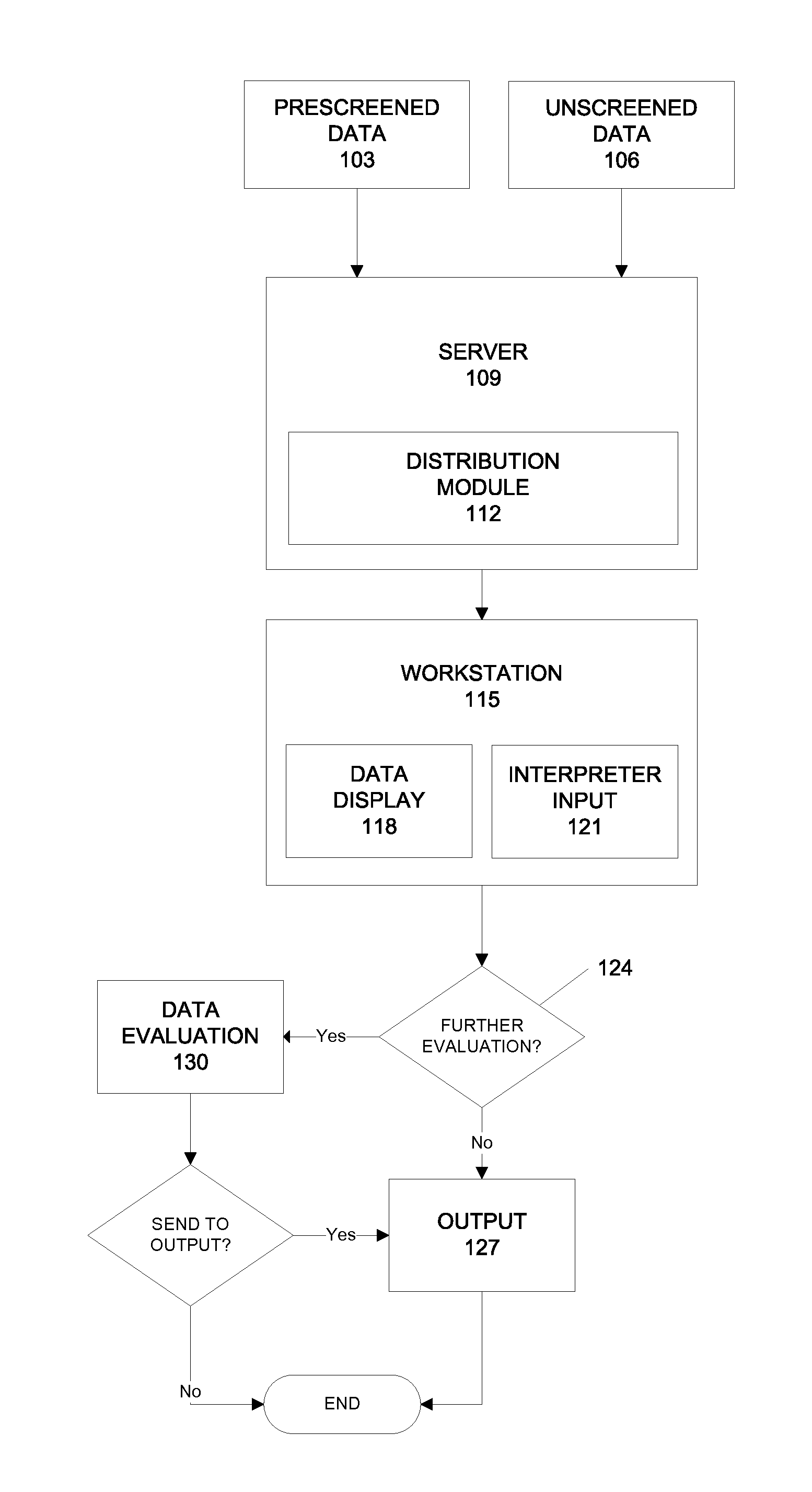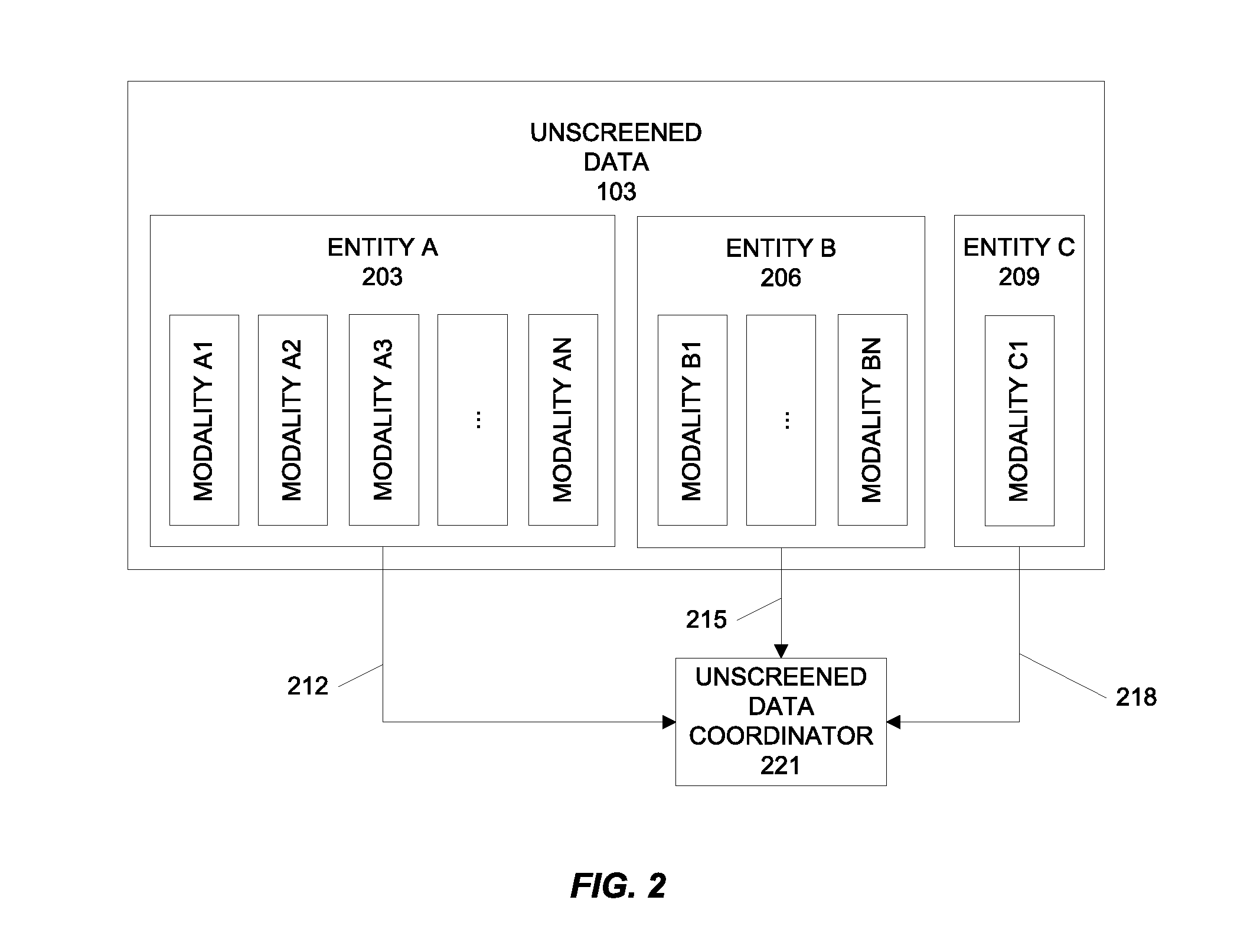Systems and methods for workflow processing
a workflow and processing technology, applied in the field of workflows, can solve the problems of large drawbacks of workflows, inability to identify abnormal data in workflows, and only a very small percentage of normal data
- Summary
- Abstract
- Description
- Claims
- Application Information
AI Technical Summary
Benefits of technology
Problems solved by technology
Method used
Image
Examples
Embodiment Construction
[0050]This disclosure describes various embodiments of workflow processing systems and methods. The disclosed systems and methods have applications including, but not limited to, training, performance analysis, process improvement, and data analysis and data mining in workflows.
[0051]As explained above, it is desirable that an interpreter accurately process data presented in a workflow. However, workflows typically present a preponderance of normal data and only a very small percentage of abnormal data. After reviewing long series of normal data, an interpreter can become bored, complacent, or fatigued and may tend to under-interpret, over-interpret, or misinterpret subtle and perhaps even startling abnormalities presented in the workflow, particularly if the workflow is presented at a rapid pace.
[0052]Various embodiments include the realization that workflow processing can be improved by assessing the richness of an interpreter's interpretive output and adjusting the processing bas...
PUM
 Login to View More
Login to View More Abstract
Description
Claims
Application Information
 Login to View More
Login to View More - R&D
- Intellectual Property
- Life Sciences
- Materials
- Tech Scout
- Unparalleled Data Quality
- Higher Quality Content
- 60% Fewer Hallucinations
Browse by: Latest US Patents, China's latest patents, Technical Efficacy Thesaurus, Application Domain, Technology Topic, Popular Technical Reports.
© 2025 PatSnap. All rights reserved.Legal|Privacy policy|Modern Slavery Act Transparency Statement|Sitemap|About US| Contact US: help@patsnap.com



